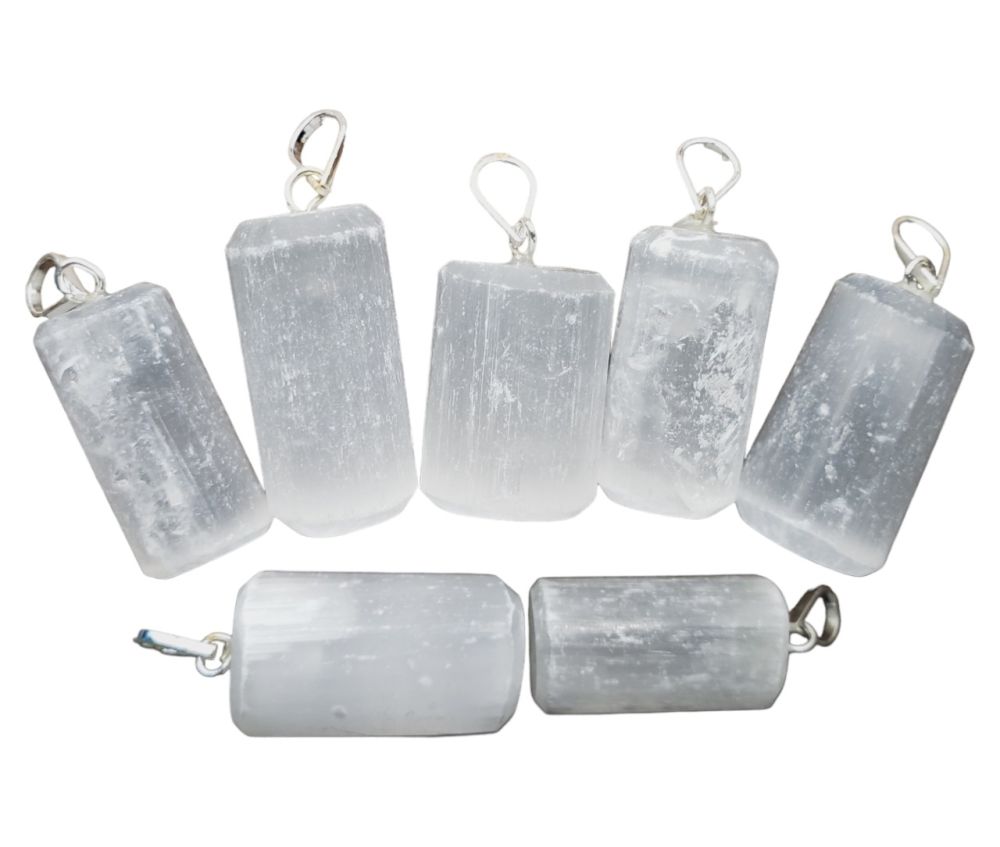We use cookies to make your experience better.
TimmersGems has a new website, existing customers also need to register again.
Drilled pendants of Selenite from Morocco with drilled silver pin & hanging eye.
Good quality pendants made of various types of beautiful gemstones, which are completely manually drilled and provided with a silver pin.
Availability:
In stock
SKU
120722
- Buy 25 for €1.50 each and save 25%
Drilled pendants of Selenite from Morocco with drilled silver pin & hanging eye. is available to buy in increments of 10
Selenite, the stone with angelic vibrations, is becoming increasingly rare. Our fantastic Selenite products from Morocco are of great beauty and are appreciated by many. Yet our Selenite is not expensive, especially compared to the quality. The name selenite is given to larger translucent gypsum crystals (CaSO4 2 H2O). Selenite is formed, among other things, by oxidation of calcareous clay deposits. Pyrite occurs in these deposits. The weathering (oxidation) of pyrite releases sulfate ions (SO42-). The oxidation will also acidify the clay, causing the lime to dissolve (lime dissolves in acidic environments). This releases Ca2+ ions (calcium), which then react with the sulphates to form gypsum. Selenite is sometimes confused with Rock Crystal (SiO2) because they are very similar in appearance. However, they are easy to distinguish because the surface of Selenite can be scratched with the nail. This is not possible with rock crystal because the mineral is much harder. The name Selenite comes from Selene, the Greek goddess of the moon.
| Dimensions | Divers |
|---|---|
| Country of Manufacture | Morocco |












